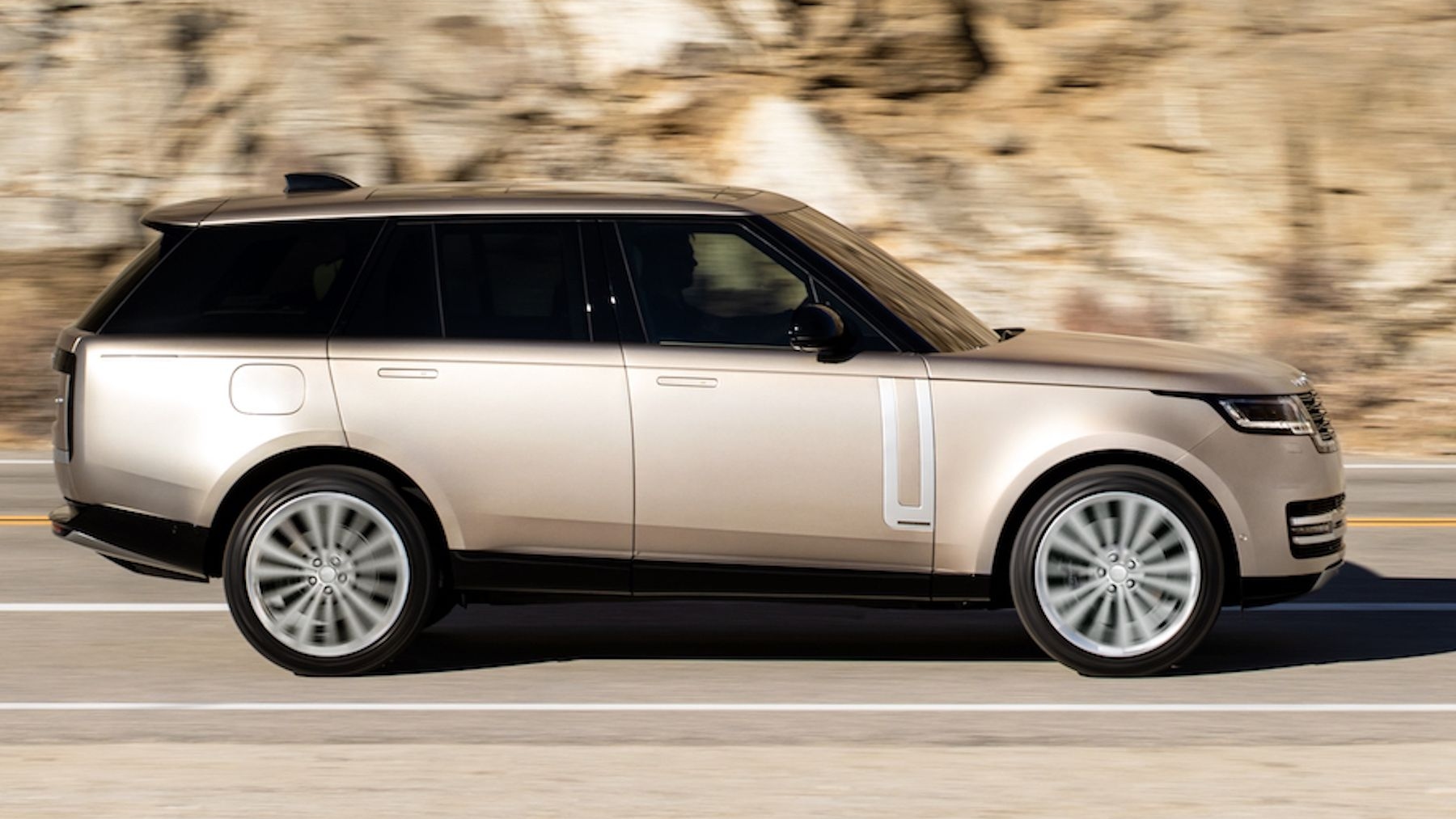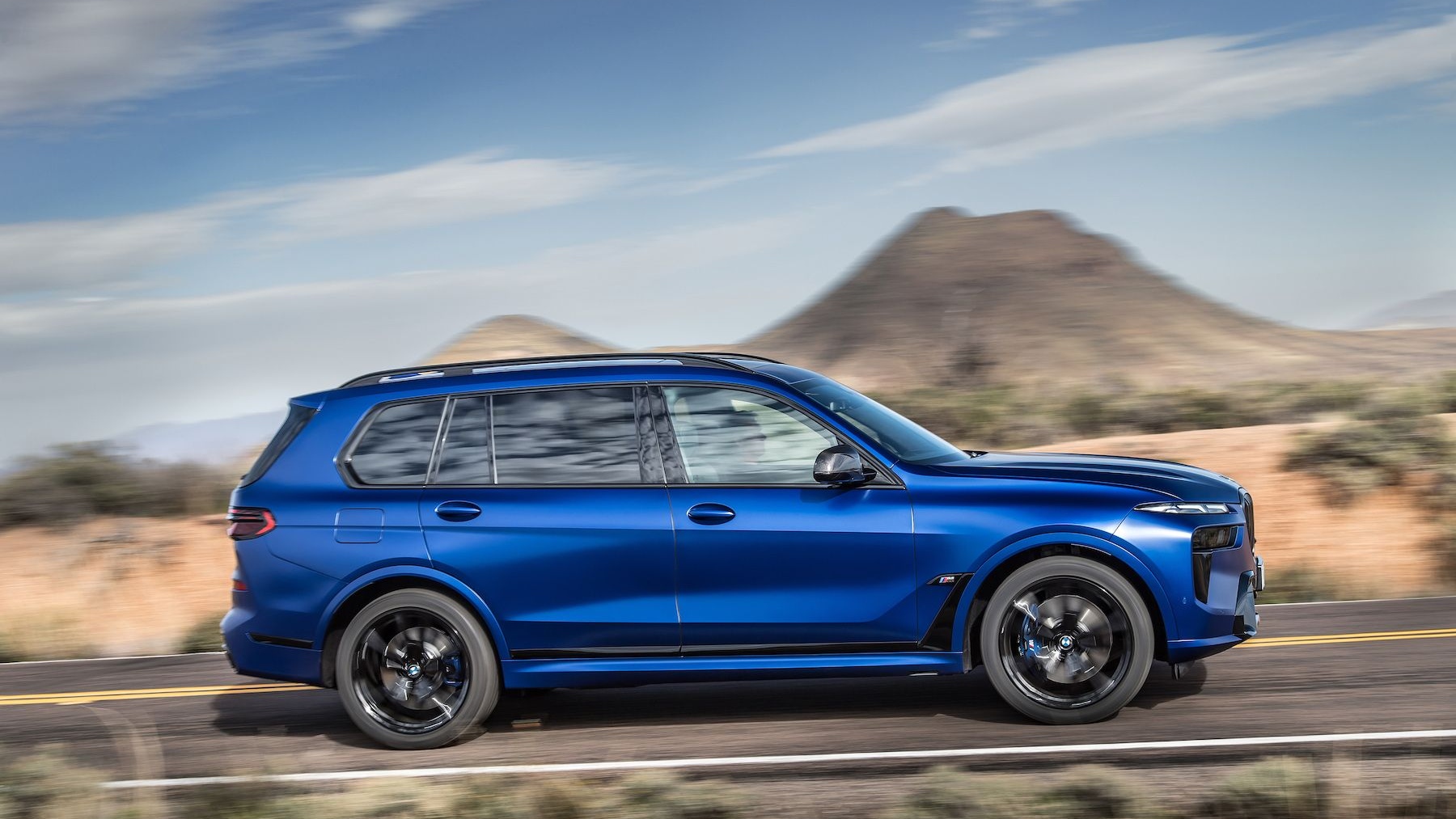At the time, few expected the neglected brand to survive, let alone prosper. After all, the global economy was in free fall, jobs were being shed by the tens of thousands and few could justify the purchase of an SUV, let alone an upscale one.
Thanks to careful planning and brand expansion, Land Rover (encompassing Range Rover) is healthier than ever, to the point where John Edwards, global brand director, calls it a “brand with momentum.” Given that sales are up in all markets worldwide by a total of 40-percent, we’re inclined to agree with him.
The brand is poised to launch an all-new Range Rover at this month’s Paris Auto Show, and it looks to be a significant improvement in every regards over the model it replaces. Aluminum is used extensively throughout its construction, helping to shed some 20-percent of the previous model’s weight.
Perhaps more significantly, Jaguar Land Rover wants prospective buyers to know it’s invested in modernization, spending some $589 million to upgrade its manufacturing facilities. Some of that money goes to projects like an all-new aluminum body shop, upgrades to its paint process and trim assembly, and its first customer delivery center.
There’s a new engine factory in England under construction, too, and the brand’s Halewood on Merseyside plant has expanded to three production shifts to meet global demand for the Range Rover Evoque. Given that kind of expansion, you’d expect Land Rover to have some goals in mind.
Indeed they do: in Edwards’ words, “Our objective at Land Rover is to be the world’s SUV brand of choice for today and tomorrow, a car for all reasons, fit for every purpose.”


